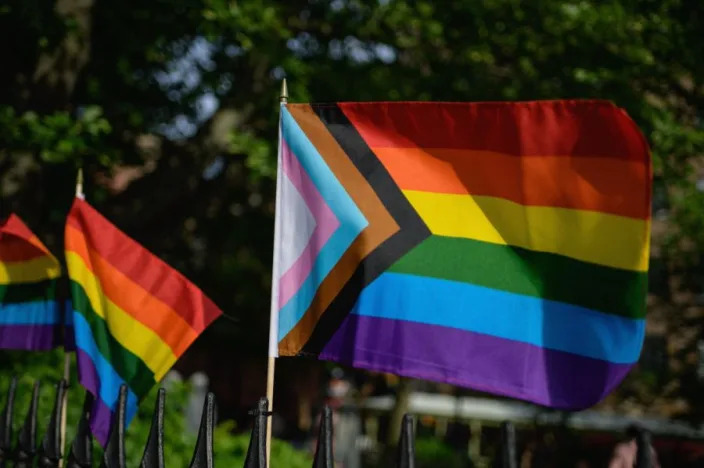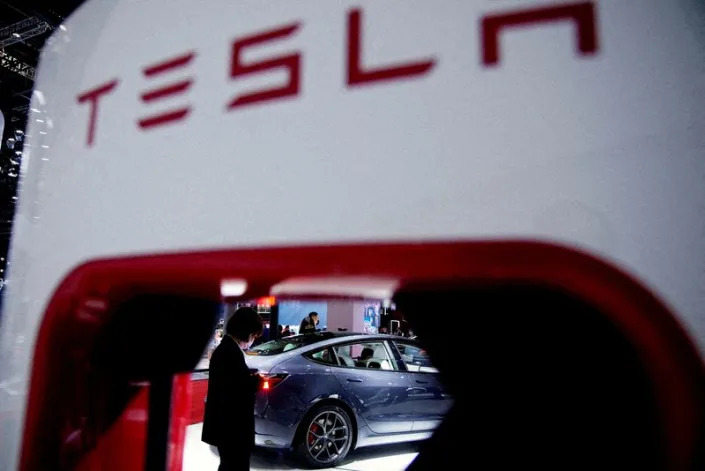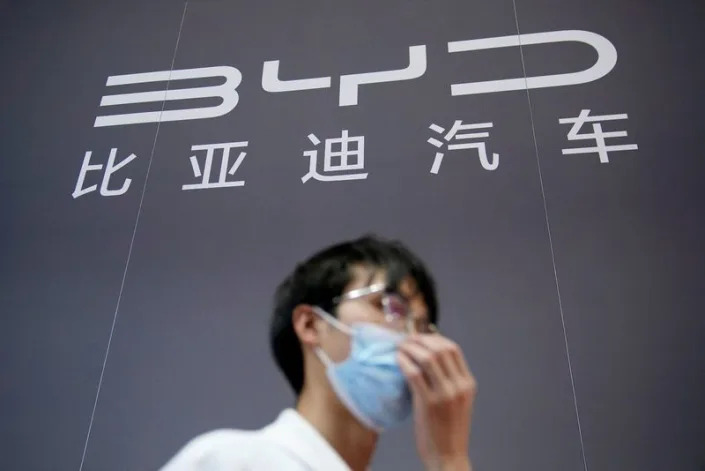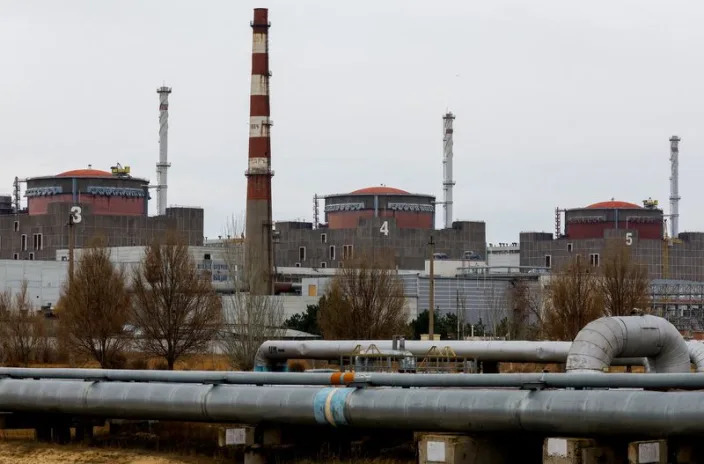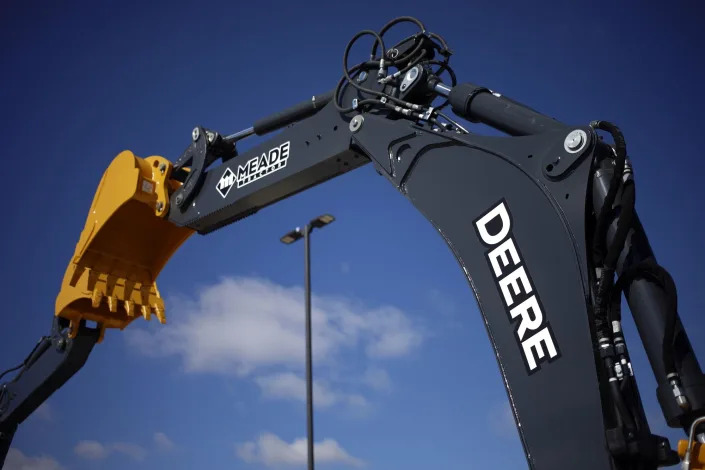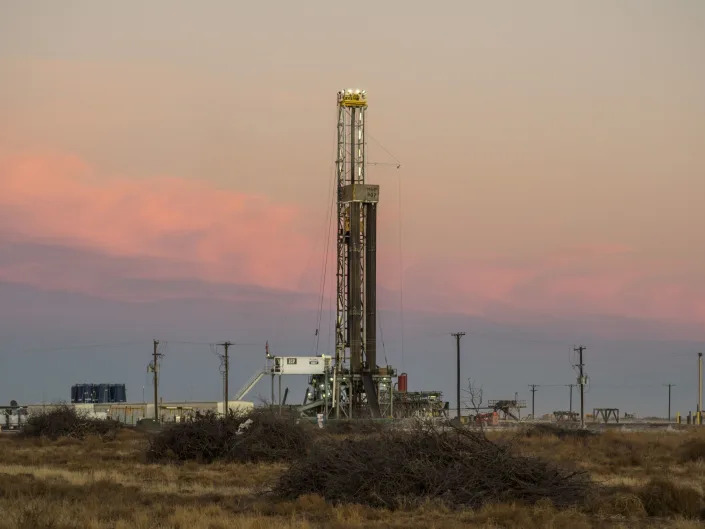EJ Montini, Arizona Republic
Thu, January 5, 2023

Reps. Andy Biggs and Paul Gosar.
Arizona Reps. Andy Biggs and Paul Gosar, along with a small band of GOP guerrillas, have spent recent days humiliating, weakening and exacting several pounds of political flesh from House speaker-wannabe Kevin McCarthy, a pathetic victim of his own ambition.
Last month, however, Biggs and Gosar found time to turn their backs on actual victims.
It didn’t receive the attention it deserved.
Shortly before Christmas, the U.S. House of Representatives passed a measure designed to improve how the Federal Bureau of Investigations handles sex abuse cases involving children.
The proposal had wide bipartisan support, winning approval by a vote of 385 to 28.
All of the opposing votes came from Republicans. And two of those no votes came from … do I need to print their names?
Bipartisan effort to 'prevent re-traumatization'
The bill was formulated after testimony from Olympic gymnasts Simone Biles, McKayla Maroney and others concerning sex abuse by one-time USA Gymnastics doctor Larry Nassar.
The investigation into Nassar (now serving a 200-plus year prison sentence) had numerous problems.
Another view:Biggs, Gosar refuse to help Ukraine. They're wrong
The bill passed by the House requires the FBI to form multi-disciplinary teams to aid sex abuse victims and their families. The idea is to keep cases from being dropped and to prevent re-traumatization of victims during active investigations.
This is done through a team that includes “investigative personnel, mental health professionals, medical personnel, family advocacy workers, child advocacy workers, and prosecutors.”
Biggs, Gosar and 26 other Republicans voted no.
Biggs, Gosar would rather spread conspiracies
Many of those casting votes against protection for sex abuse victims are the same members of the GOP who attack teachers and members of the LGBTQ community with unfounded claims of sexually “grooming” children.
Like when Biggs tweeted: “Many public schools today are grooming American children. Why is there such an effort to sexualize our children when test scores in virtually every academic subject are hitting historic lows?”
And when Gosar tweeted:
“Children do not belong to the government, the public school system, or the groomers that have infiltrated them.”
Politicians like this are more interested in spreading fearmongering conspiracy theories than in seeking solutions that come to light through the testimony of actual victims.
Bill offers training to help victims
The bipartisan bill was sponsored by Democratic U.S. Sens. Chris Coons and Amy Klobuchar and Republicans John Cornyn and Lindsey Graham.
In a statement, Sen. Cornyn said in part, “This legislation requires the FBI to include trauma-informed experts in interviews with victims to ensure they are not retraumatized during the interview process, and I urge President Biden to swiftly sign it into law.”
Sen. Klobuchar added, “As we work to support survivors of child sexual abuse and trafficking, we need to provide law enforcement with the training and skills they need to investigate these crimes and help victims. Our bipartisan legislation will ensure law enforcement officers can partner with child advocacy centers to use the most effective techniques when conducting these critical investigations.”
Geez, who would vote against that?
Do I even need to print their names?
Reach Montini at ed.montini@arizonarepublic.com.

